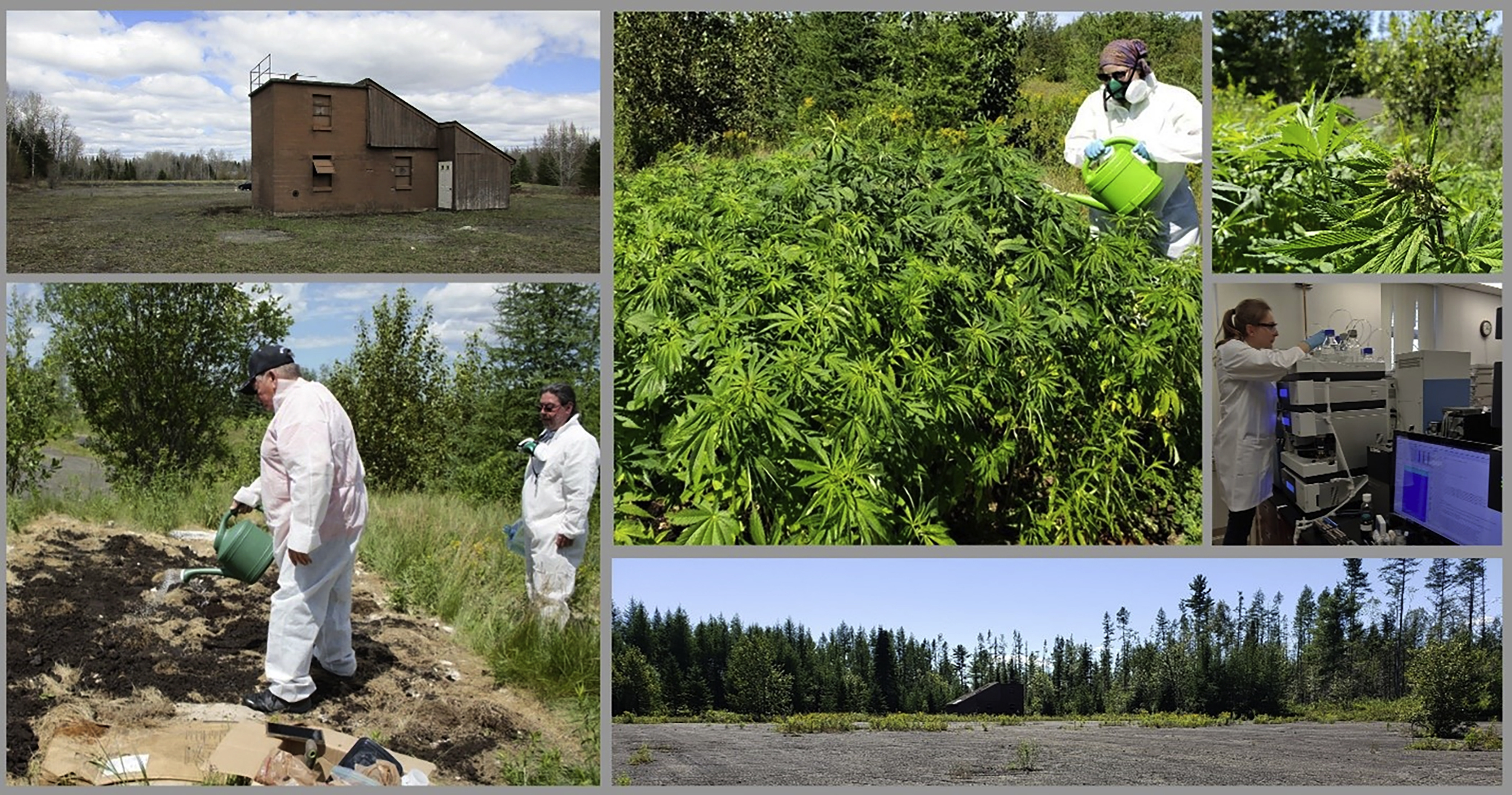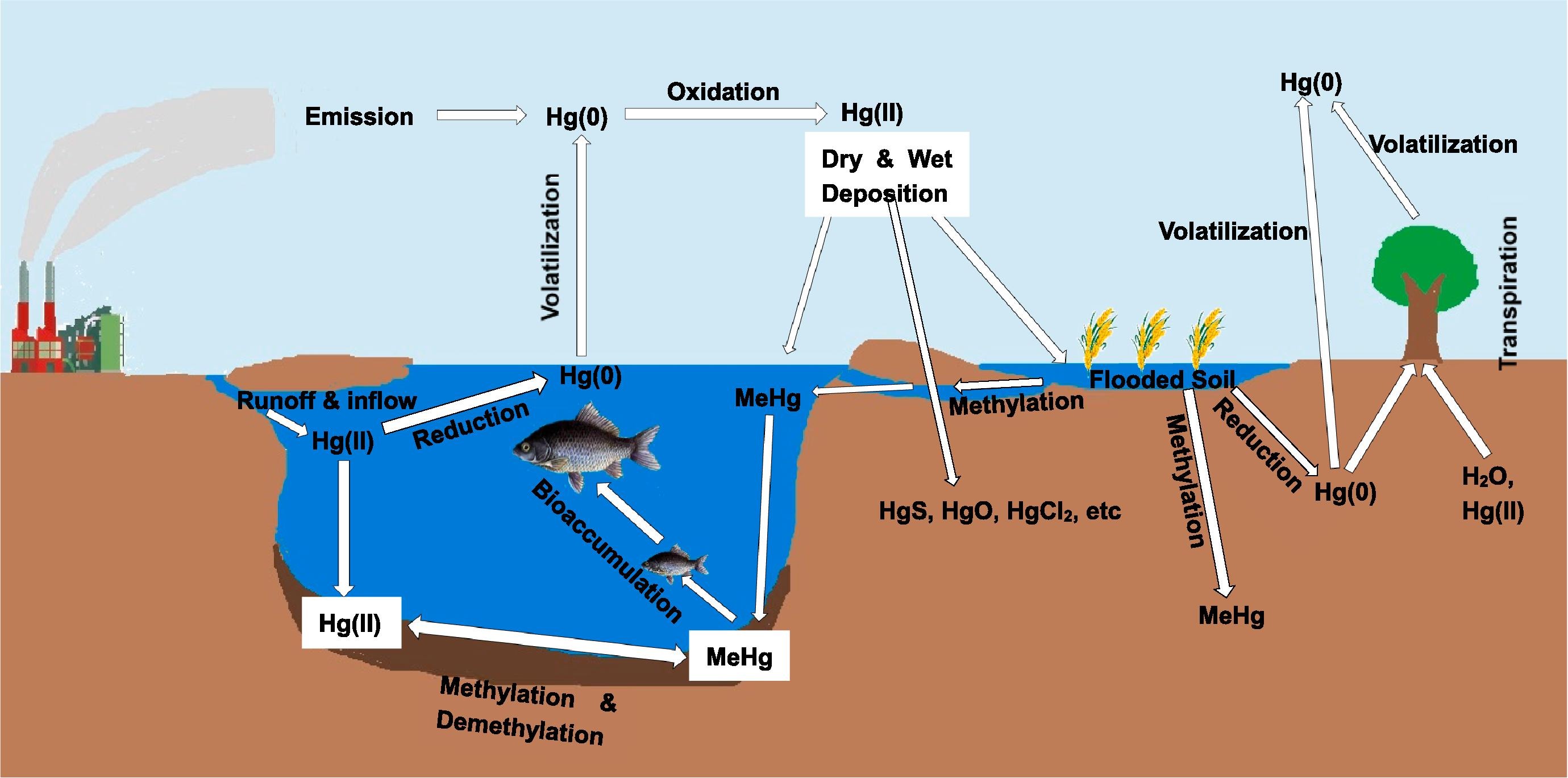Phytoremediation, an innovative ecological solution, harnesses the natural abilities of specific plants to detoxify, extract, and stabilize pollutants from contaminated soil, water, and air. This biological approach capitalizes on the unique physiological and biochemical properties of plants, such as hyperaccumulators, which can absorb and concentrate high levels of pollutants in their biomass. From heavy metals like lead, cadmium, and arsenic to organic contaminants like polycyclic aromatic hydrocarbons (PAHs) and chlorinated solvents, these plants serve as biological filters, intercepting and mitigating environmental hazards. Unlike many conventional remediation methods, which often involve significant costs, energy consumption, and secondary pollution, phytoremediation is a sustainable, cost-effective, and less intrusive alternative. Its potential is increasingly recognized as an integral tool to address some of the most pressing environmental challenges of our time.
In the context of the 2030 Agenda for Sustainable Development, phytoremediation aligns particularly well with several of the Sustainable Development Goals (SDGs). Firstly, SDG 15, which focuses on "Life on Land", emphasizes the restoration of degraded land and soil, including land affected by desertification, drought, and floods, and the need to strive for a land degradation-neutral world. Phytoremediation, by rejuvenating contaminated sites and promoting the recovery of ecosystems, directly contributes to this objective. Additionally, the practice of phytoremediation can foster biodiversity (also a key target of SDG 15) by creating suitable habitats and improving soil health.
Moreover, phytoremediation intersects with SDG 6, dedicated to "Clean Water and Sanitation". Many aquatic systems globally are besieged by pollutants, and certain plant species have shown remarkable efficiency in purifying contaminated water bodies, from surface waters to groundwater. Through processes like rhizofiltration, plants can remove heavy metals and other toxins, thereby ensuring the availability and sustainable management of water – a core aim of this particular goal.
Furthermore, SDG 3, which aims to "Ensure healthy lives and promote well-being for all at all ages", is indirectly supported by phytoremediation. By mitigating environmental contaminants, phytoremediation can reduce health risks associated with polluted environments, leading to fewer disease incidences and better overall community health. A contaminated environment often poses risks of chronic diseases, neurological disorders, and other health complications. Thus, a cleaner environment fostered by phytoremediation can significantly uplift public health standards.
Lastly, let's consider SDG 11, focused on "Sustainable Cities and Communities". Rapid urbanization often escalates land degradation and pollution. Incorporating phytoremediation into urban planning and infrastructure can transform brownfield sites into green spaces, enhancing urban resilience, reducing pollution, and providing recreational spaces for residents. This harmonization of nature and urban development epitomizes the essence of sustainable cities.
Advances in Chemical Pollution, Environmental Management and Protection, Volume 6, 2020, Pages 1-31
Mercury contamination in soil, water and air is associated with potential toxicity to humans and ecosystems. Industrial activities such as coal combustion have led to increased mercury (Hg) concentrations in different environmental media. This review critically evaluates recent developments in technological approaches for the remediation of Hg contaminated soil, water and air, with a focus on emerging materials and innovative technologies.


